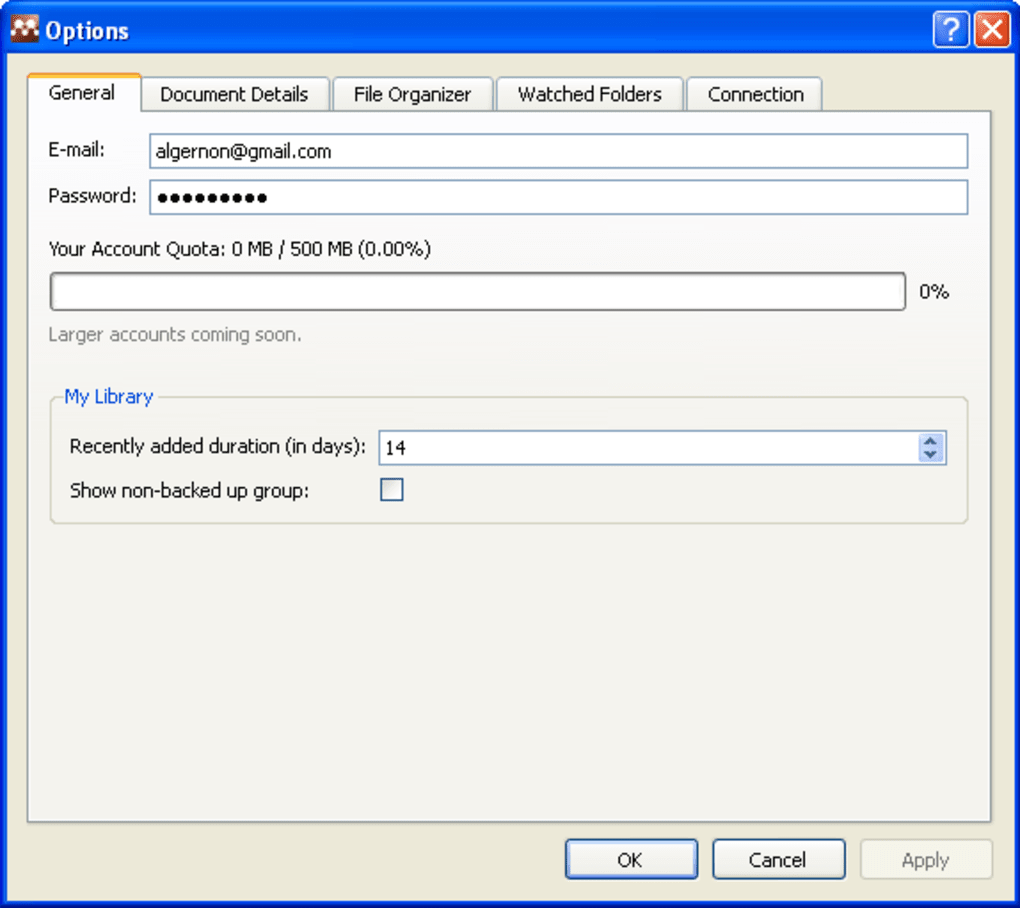


This machine learning approach was trained with a set consisting of over a million entries was found to be outperforming other approaches such as Wikipedia and Yahoo! Answers.

Of course, even within the same subdiscipline, different areas may still possess different citation densities, and assessing citation indicators always require caution.įield and subfield discipline categories use the Science-Metrix classification as in our previous work, but multidisciplinary journals that were previously not assigned to a Science-Metrix field or subfield have now been assigned to a specific field and subfield using a character-based convolutional deep neural network. Comparisons of citation metrics are more meaningful when done within the same subdiscipline. Boyack, rank is 50 and 52 for the composite citation index with and without self-citations, respectively, among the total of 10,391 scientists whose main subfield discipline is “Information and Library Sciences.” This extension allows the inclusion of more comprehensive samples of top-cited scientists for fields that have low citation densities and therefore would be less likely to be found in the top 100,000 when all scientific fields are examined together.
WORD MENDELEY UPDATE
Another new feature in this update is that Tables S6 and S7 include new columns showing for each scientist the rank of their composite citation index within their subfield discipline (with and without self-citations) and the total number of authors within the subfield discipline. Furthermore, in the current update, Tables S6 and S7 include also scientists who are not in the top 100,000 according to the composite index but are nevertheless within the top 2% of scientists of their main subfield discipline, across those that have published at least five papers. S6 and S7 tabulated data include all scientists who are among the top 100,000 across all fields according to the composite citation index when self-citations are included and/or when self-citations are not included. The original database (version 1) can also be found in, the updated (version 2) can also be found in, and any subsequent updates that might appear in the future will be generally accessible in.
WORD MENDELEY CODE
Updated databases and code are freely available in Mendeley ( ). Accordingly, we have provided updated analyses that use citations from Scopus with data freeze as of May 6, 2020, assessing scientists for career-long citation impact up until the end of 2019 (Table-S6-career-2019) and for citation impact during the single calendar year 2019 (Table-S7-singleyr-2019). There was great interest in the databases of standardized citation metrics across all scientists and scientific disciplines, and many scientists urged us to provide updates of the databases.


 0 kommentar(er)
0 kommentar(er)
